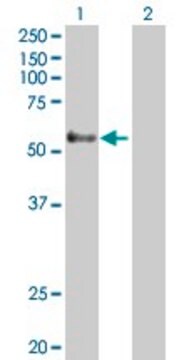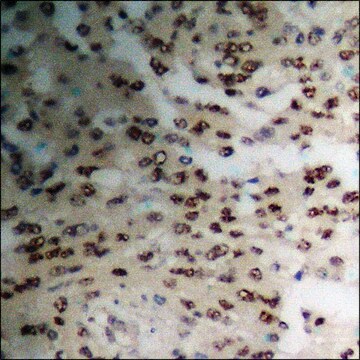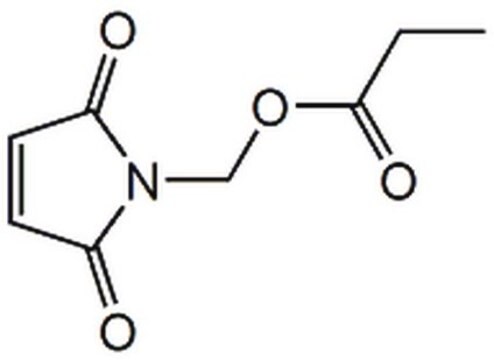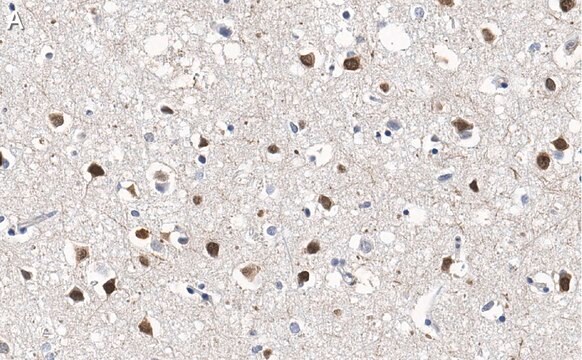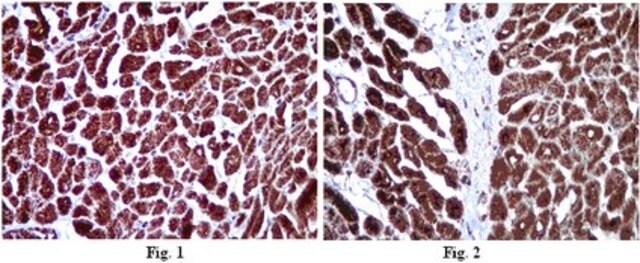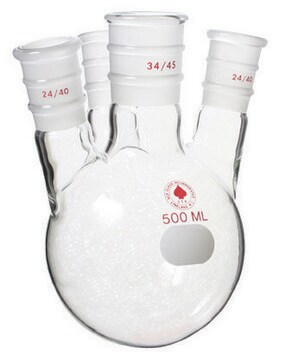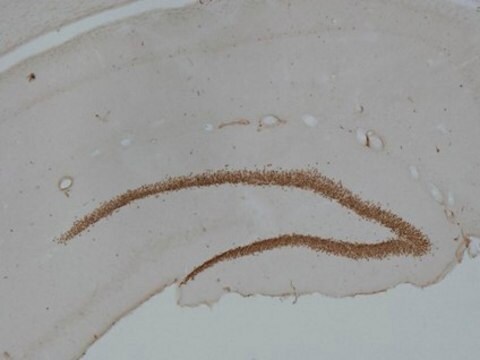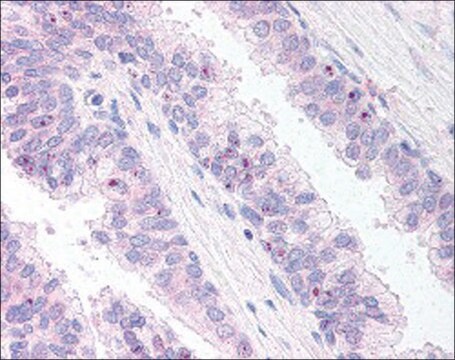ABS1028
Anti-GPR56, C-terminal Antibody
from rabbit, purified by affinity chromatography
Synonim(y):
GPR56 seven-transmembrane subunit, GPR56 7TM, GPR56 subunit beta, GPR56 CT, GPR56©, TM7XN1
About This Item
Polecane produkty
pochodzenie biologiczne
rabbit
Poziom jakości
forma przeciwciała
affinity isolated antibody
rodzaj przeciwciała
primary antibodies
klon
polyclonal
oczyszczone przez
affinity chromatography
reaktywność gatunkowa
rat, human
reaktywność gatunkowa (przewidywana na podstawie homologii)
mouse (based on 100% sequence homology)
metody
immunocytochemistry: suitable
immunoprecipitation (IP): suitable
western blot: suitable
numer dostępu NCBI
numer dostępu UniProt
Warunki transportu
wet ice
docelowa modyfikacja potranslacyjna
unmodified
informacje o genach
human ... GPR56(9289)
Opis ogólny
Immunogen
Zastosowanie
Western Blot Analysis: A representative lot of this antibody detected GPR56 from rat kidney cell lysate (Paavola, K., et al. (2011). J. Biol. Chem. 2011, 286:28914-28921.)
Immunocytochemistry Analysis: A representative lot of this antibody detected GPR56 from transfected HEK293 cells (Paavola, K., et al. (2011). J. Biol. Chem. 2011, 286:28914-28921.)
Jakość
Western Blotting Analysis: 1 µg/ml of this antibody detected GPR56 in 10 µg of Hela cell lysate.
Opis wartości docelowych
This receptor is heavily glycosylated in cells, and thus the apparent molecular mass of the full-length receptor in most cell types is around 90-120 kDa Moreover, this receptor is prone to extensive post-translational processing and proteolysis, and thus depending on the cell type the most prominent immunoreactive bands on Western blot are usually around 45 kDa, 25 kDa and/or 15 kDa in size
Inne uwagi
Nie możesz znaleźć właściwego produktu?
Wypróbuj nasz Narzędzie selektora produktów.
Kod klasy składowania
12 - Non Combustible Liquids
Klasa zagrożenia wodnego (WGK)
WGK 1
Temperatura zapłonu (°F)
Not applicable
Temperatura zapłonu (°C)
Not applicable
Certyfikaty analizy (CoA)
Poszukaj Certyfikaty analizy (CoA), wpisując numer partii/serii produktów. Numery serii i partii można znaleźć na etykiecie produktu po słowach „seria” lub „partia”.
Masz już ten produkt?
Dokumenty związane z niedawno zakupionymi produktami zostały zamieszczone w Bibliotece dokumentów.
Nasz zespół naukowców ma doświadczenie we wszystkich obszarach badań, w tym w naukach przyrodniczych, materiałoznawstwie, syntezie chemicznej, chromatografii, analityce i wielu innych dziedzinach.
Skontaktuj się z zespołem ds. pomocy technicznej